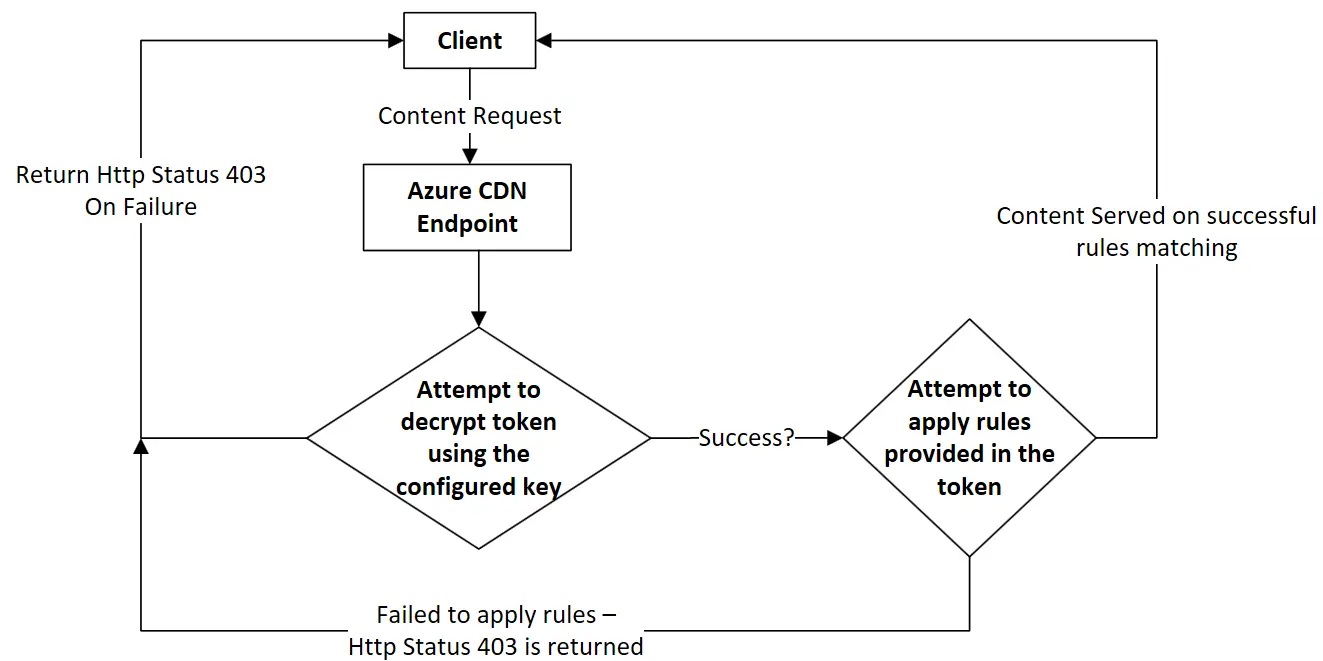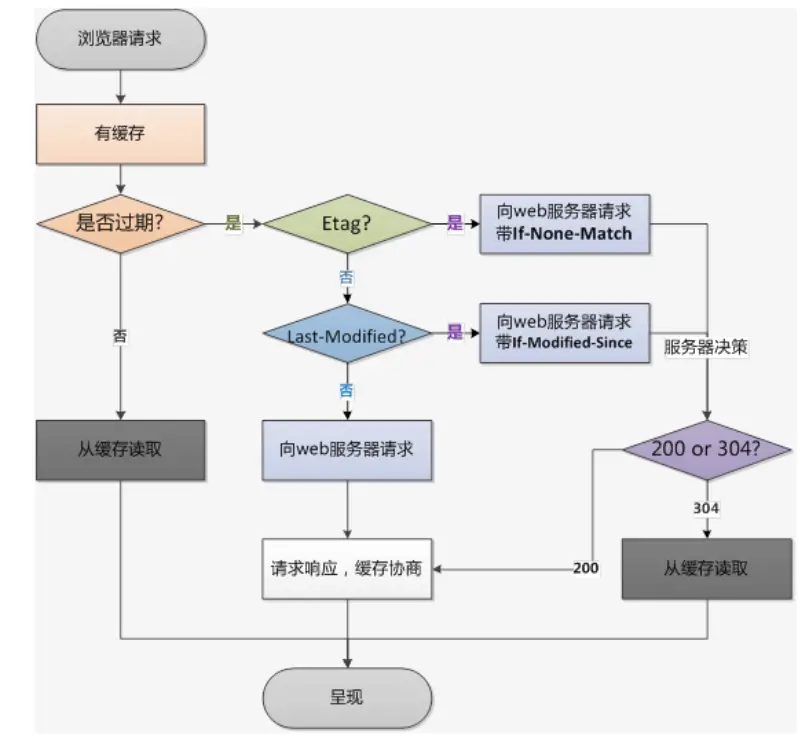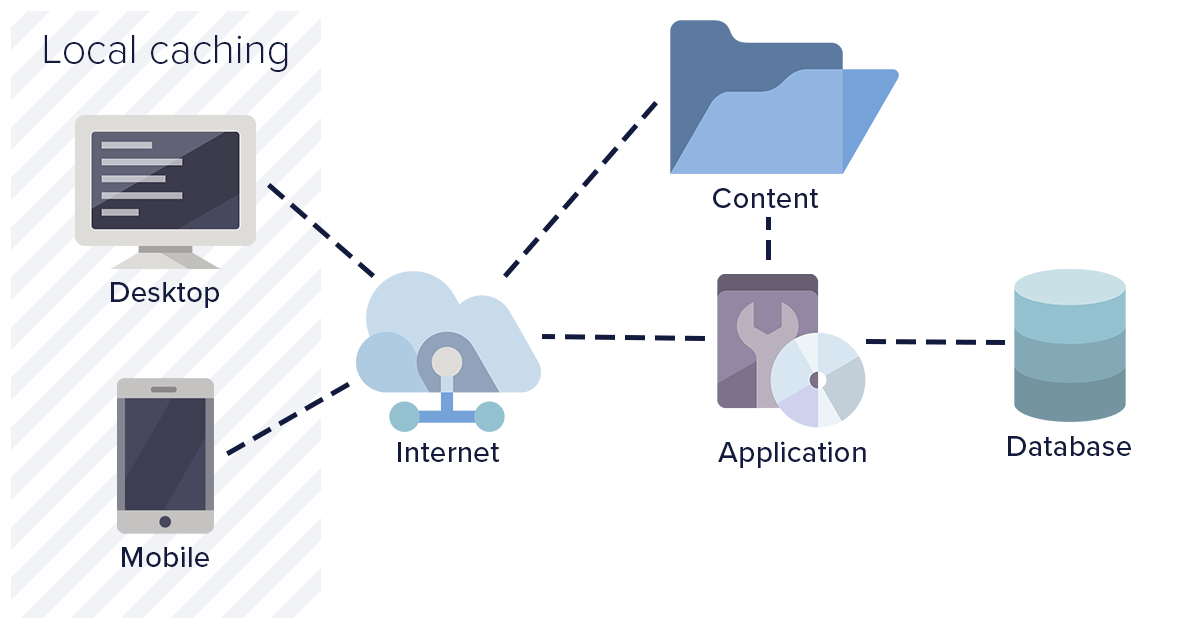[Understanding CDN Caching Mechanisms For Web Optimization]

Executive Summary

Content Delivery Networks (CDNs) play a crucial role in modern web optimization, reducing latency, optimizing bandwidth usage, and enhancing user experience. This article explores the fundamental caching mechanisms employed by CDNs, enabling a thorough understanding of their workings and benefits. By leveraging the insights provided in this comprehensive guide, businesses can effectively implement CDN caching solutions to accelerate their website performance.

Introduction
In today’s fast-paced digital landscape, website speed and responsiveness have become critical factors influencing user engagement, SEO rankings, and overall business success. CDN caching mechanisms serve as a cornerstone of web optimization, dramatically reducing website load times, mitigating bandwidth consumption, and improving page responsiveness for a wider audience.
FAQ
Q: What is CDN caching?
A: CDN caching involves storing copies of website content (e.g., images, videos, scripts) across multiple geographically dispersed servers. When a user requests a resource, the CDN automatically serves it from the nearest cache location, minimizing latency and delivering faster content retrieval.
Q: How does CDN caching benefit websites?
A: CDN caching provides numerous benefits, including:
- Reduced latency: Serving content from geographically closer servers reduces latency, resulting in faster page loading times.
- Bandwidth optimization: By caching frequently requested content, CDNs reduce the load on origin servers, optimizing bandwidth utilization.
- Improved user experience: Faster page loading speeds and increased responsiveness enhance the overall user experience, increasing engagement and satisfaction.
Q: Is CDN caching suitable for all websites?
A: CDN caching is particularly beneficial for websites with:
- High traffic volume experiencing slow load times
- Global audiences requiring low-latency content access
- Bandwidth limitations or concerns
Top 5 CDN Caching Mechanisms
Caching Strategies
- Browser caching: Browsers store website resources locally on the user’s device, reducing the need to retrieve them from the server on subsequent visits.
- DNS caching: DNS servers temporarily store DNS records, minimizing the time required for domain name resolution and improving connection times.
- Proxy caching: Proxy servers cache frequently requested content, intercepting and fulfilling user requests without direct communication with the origin server.
Cache Invalidation
- Time-based: Content is removed from the cache after a predetermined duration, ensuring freshness and relevance.
- Event-based: Cache invalidation occurs based on specific events, such as content updates or deletions on the origin server.
- Tag-based: Cache tags are used to identify specific versions of content. When a new version becomes available, the tagged cache entry is invalidated.
Caching Algorithms
- Least Recently Used (LRU): Prioritizes caching the most recently used content, assuming it’s likely to be requested again.
- Most Frequently Used (MFU): Identifies content that has been accessed most often and prioritizes its caching.
- Least Frequently Used (LFU): Focuses on caching content that has been accessed the least often, since it’s less likely to be requested again.
Cache Headers
- Cache-Control: Directs the browser or proxy on how to handle cached content, including max-age, no-store, and no-cache.
- Expires: Specifies the absolute time when a cached response expires and becomes stale.
- Last-Modified: Indicates when the original resource was last modified, allowing the browser to check for updates on the server.
Network Topologies
- Edge-based: Caches are deployed at the edge of the internet, closer to end users, minimizing latency and maximizing performance.
- Hybrid: Combines edge-based caching with private caching on the origin server, providing additional layers of redundancy and flexibility.
- Anycast: Uses a specialized routing protocol to distribute content across multiple servers, ensuring the optimal cache server is selected based on user location and network conditions.
Conclusion
CDN caching mechanisms are indispensable components of modern web optimization strategies. By leveraging the principles outlined in this article, businesses can harness the power of CDN caching to accelerate website performance, improve user experience, and gain a competitive edge in the digital arena. Implementing the appropriate caching mechanisms can dramatically reduce latency, optimize bandwidth usage, and enhance website responsiveness, ultimately driving business success and user satisfaction.
Keyword Tags
- CDN (Content Delivery Network)
- Web optimization
- Caching mechanisms
- Latency reduction
- Bandwidth optimization
